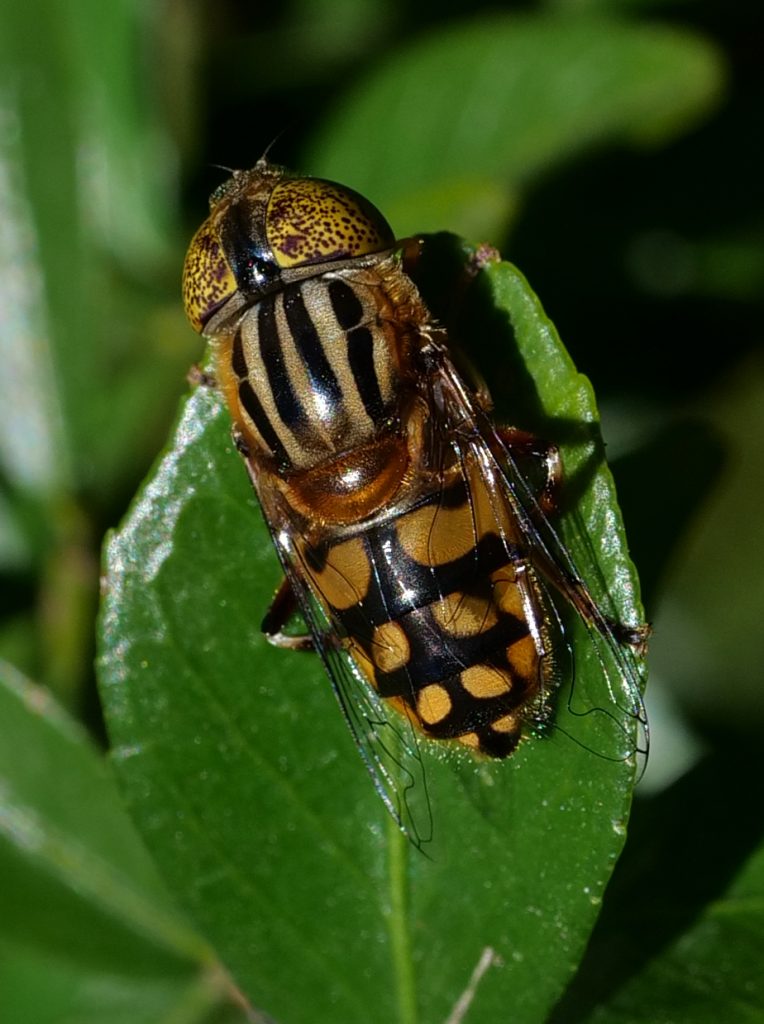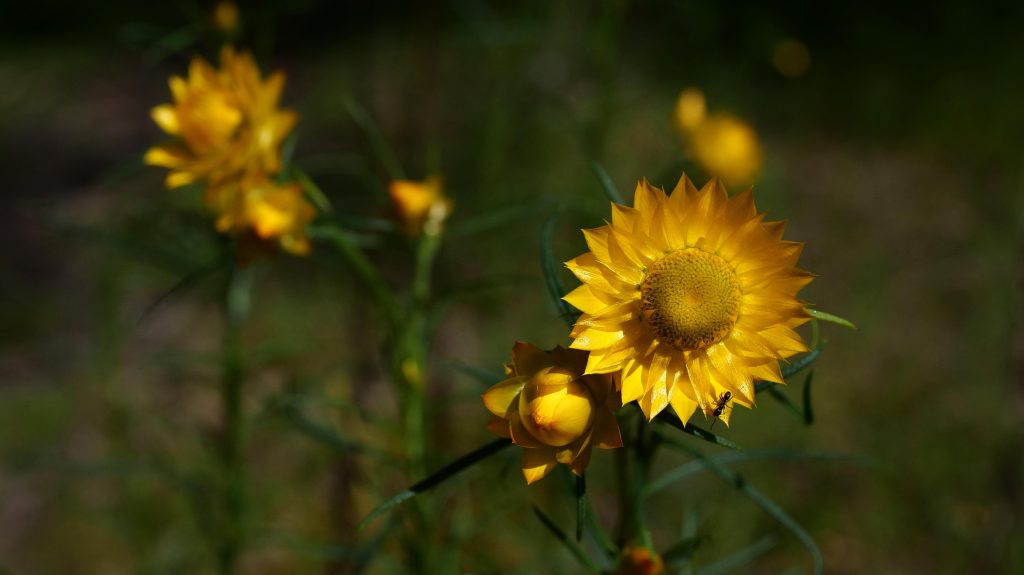Who wouldn’t love to see a Phascogale flicking its fancy feathery tail in the twilight? How about a Dunnart or Antechinus scampering through the grass in search of abundant insects? These are the joys of living in an area with thriving biodiversity, and motivated us to form Friends of Biodiversity: Hohnes Hill.
You might be familiar with the hilly reserve on the west side of Eltham Lower Park that provides refuge for an impressive diversity of life. More than 130 species of plants, 35 species of animals, and 9 species of bryophyte (including mosses) have been recorded here. Several are listed as rare or threatened including the Eltham Copper Butterfly (Paralucia pyrodiscus lucida), Clover Glycine (Glycine latrobeana), and Matted Flax-lily (Dianella amoena). Many other native butterflies also use this area to feed and breed. Importantly, the site extends the Yarra River habitat corridor and offers a distinct bio-geographical aspect.

Photos by Vicky Shukuroglou
Given the area’s history, significant challenges are posed by invasive species. Weedy plants smother indigenous vegetation, prevent seedlings from emerging, and often do not provide the foods needed by indigenous fauna.
Our group is guided by a carefully prepared Management Plan. We are focusing on protecting threatened species and encouraging their greater abundance, while also remaining committed to a ‘bigger picture’ view of biodiversity, where species that used to be common throughout the Shire, can flourish.
Perhaps in time to come Nillumbik residents will regularly hear the call of Nankeen Night Herons, Yellow-rumped Thornbills, Golden Whistlers, Rose Robins and Mistletoe birds, because we, as a community, will have created the right conditions for them to return and thrive.
It is with these aspirations that we are planning for our group and the broader community to learn more and participate in mapping, seed-collecting, monitoring, weeding, revegetation and meaningful citizen science projects. We are keen to engage with people of all ages and levels of knowledge, while ensuring learning is an ongoing part of how we work together.

Sticky Everlastings love the sun and provide food for butterflies and larvae.
Part of our regular schedule will include monthly working bees and mid-week specialist actions.
Come along to our official Launch on April 3rd where you can hear more detailed plans and a talk by an expert ecologist. Ms Kate Thwaites, Federal Member for Jagajaga, will be joining us, as will Mr Ben Ramcharan, Mayor of Nillumbik.
If you are interested in finding out more and maybe even joining in, send us an email: [email protected]
Vicky Shukuroglou – Convenor, Friends of Biodiversity: Hohnes Hill



